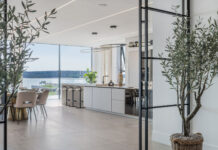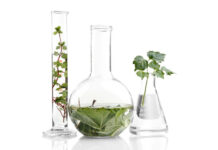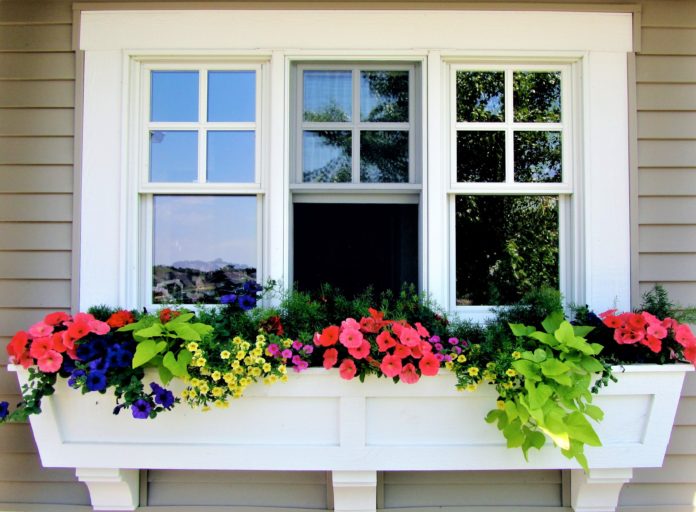
Whether you choose the terrace, living room, yard, or you want to decorate a window, the right choice would be potted or, better yet, decorative window boxes. Suitable for all types of flowers and all spaces, as the perfect combination of craftsmanship and modern technology, they will fit perfectly into any environment.
Due to their characteristics, window boxes have always been the right choice for both business and residential areas, even the public areas as well. Different looks, their aesthetic features, but also durability, have led to the widespread use of such boxes as it is today.
What kind of window boxes can we find?
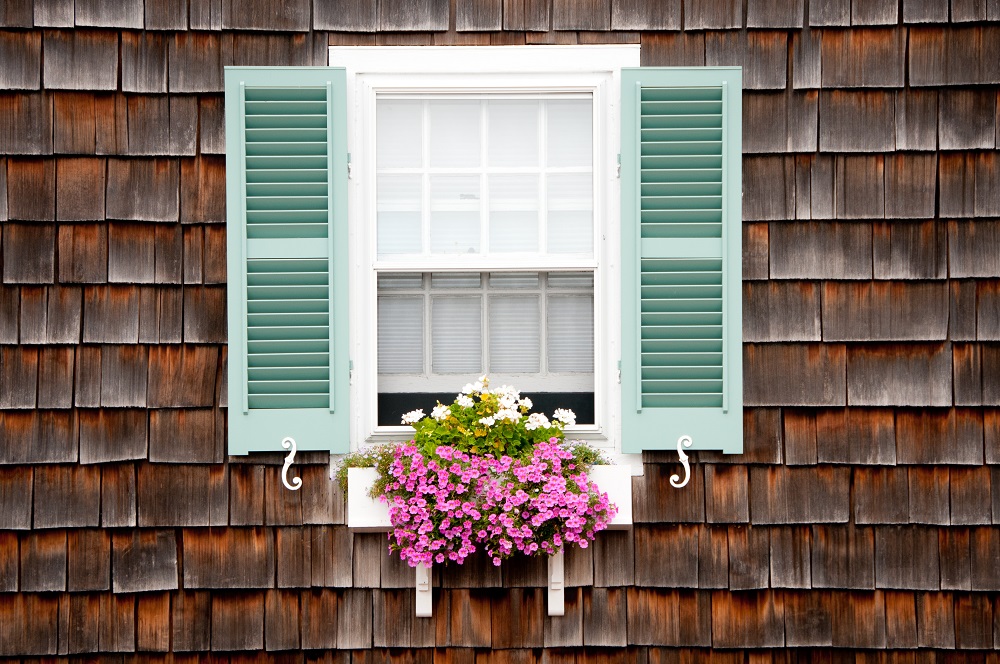
First of all, you can classify them by the material they are made of. There are several types in the market, so, according to your wishes, window boxes can leave a classic, modern, or yet ethno impression. By their appearance, most of those were made of concrete or wood, which allowed them to be made in a variety of sizes and shapes, as well as with high durability and resistance to various types of external influences, especially when it comes to the window boxes made of concrete.
They are trendy, even today, but other materials are now appearing on the market, especially polyester. Polyester is a type of industrial substance that is not, without reason, becoming increasingly present on the market. Besides, it is characterized by high durability and strength. This type is, therefore, well suited for both external and internal conditions. Aesthetics in this kind of polyester window box are not neglected. This material offers the possibility of various shapes. It is colored with high quality and durable colors, which, in the right combination, can give you just the kind of window box you want for your space. Smooth surfaces, intense and lasting colors, will brighten and enhance any ambiance.
Following is the more detailed guide about the materials that window boxes and outdoor planters are made of
When it comes to choosing window boxes and outdoor planters, you must take into account where you are going to place them. Also, you should keep in mind the type of climate in which you live, as well as if you are going to need to move them frequently. That’s why you need to choose the most suitable material.
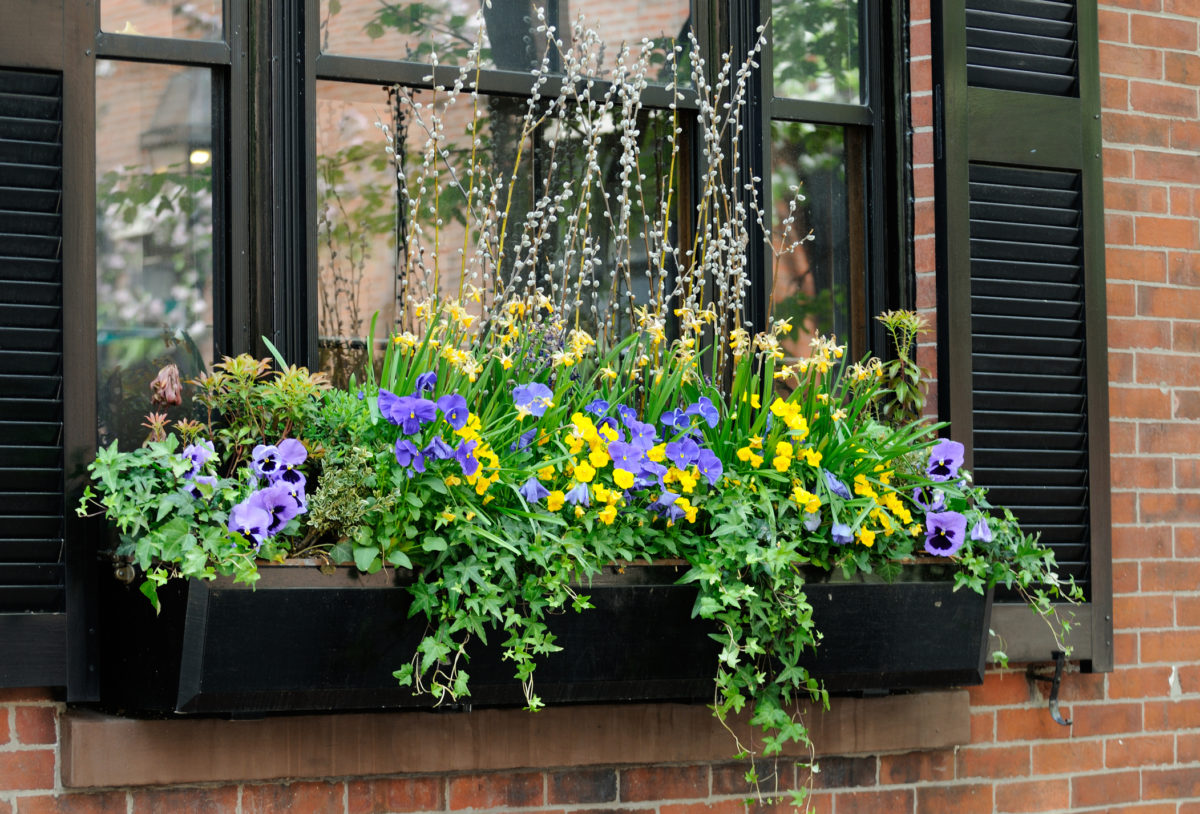
Plastic window boxes and planters
They stand out for their lightness and their decorative possibilities thanks to the variety of shapes and colors. Some of them even imitate other natural materials such as wood or clay.
They include a treatment that protects them from discoloration from the sun’s UV rays. For outdoor, it is necessary to choose models with holes to ensure drainage.
Clay window boxes
They represent the traditional outdoor pot. Both clay and ceramic are one of the best options for sweltering climates since they keep the earth fresh. Baked clay is a very porous material that allows roots to transpire, although it requires a higher frequency of watering. They are more substantial and more brittle than plastic and wooden ones.
Wooden window boxes
Durable, decorative, and customizable since you can paint it to your liking with interior or exterior enamel. We recommend that for the exterior, you choose wood with autoclave treatment (protects it from fungi and insects).
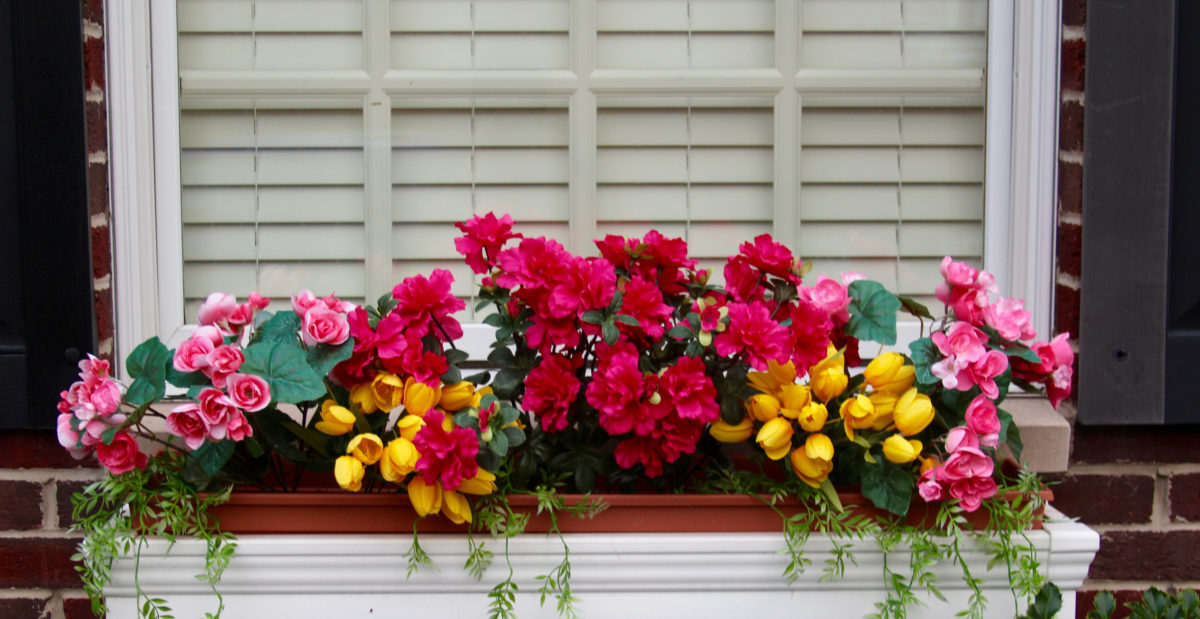
PVC window boxes
They are mostly used as pot covers for their decorative aesthetics, but check out Flower Windows Boxes to find out more about their many advantages!
Crystal window boxes
Those are very decorative ones and suitable for indoors as they are vulnerable to sudden changes in temperature. Some houseplants, like orchids, require light at their roots; therefore, glass containers are suitable for them.
*Fiberglass. Light, durable, and resistant to both ice and UV damage from the sun. Indicated for both indoors and outdoors.
Planters with water reserve or self-watering
They have a self-watering system that allows plants to self-supply and save up to 35% of water. It works through a watertight water tank connected to absorption tubes through which the plant sucks up the water.
How to use the self-watering system?
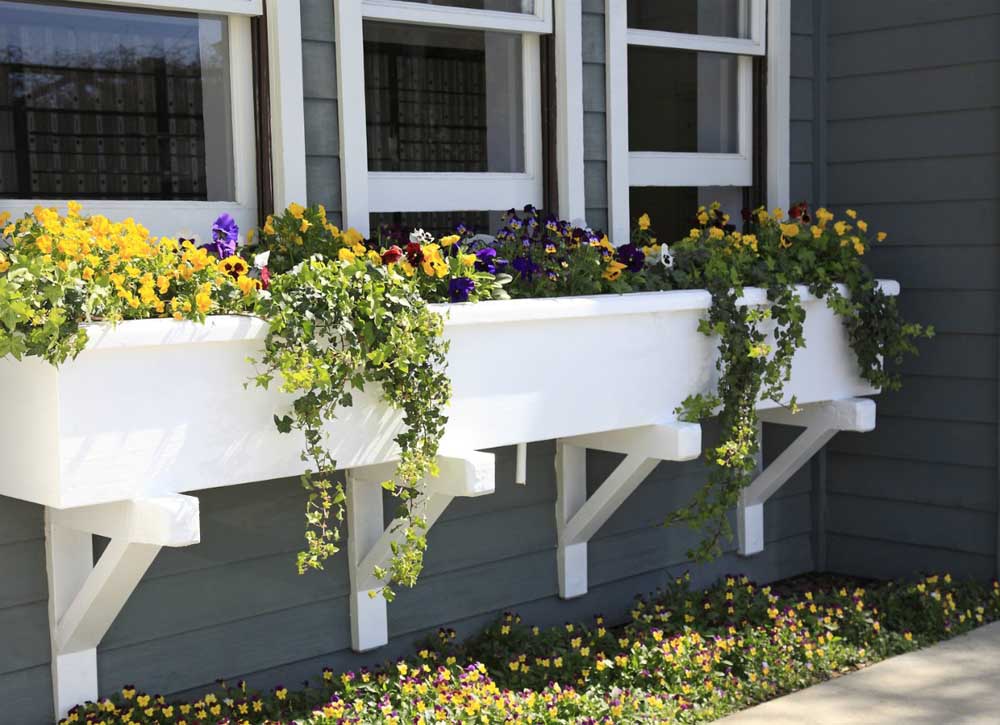
Cover the absorption tubes with a specific substrate for the plant.
Fill the planter with a substrate, leaving room for the root ball (part of the soil that is left attached to the roots of the plants for transplanting).
Fill the water reserve through the hydrant, without exceeding the maximum level. The rod rises as the reserve is filled.
The water rises through the soil, watering the plant automatically. It will only absorb the necessary water depending on the needs of the plant.
Specific planters
What are you going to plant? Some outdoor planters are specially designed for the needs of certain species such as aromatic plants (basil, coriander, parsley, and so on, or fruit trees:
- Get several aromatic plants, place them in the kitchen and use mint, basil, peppermint, etc. always fresh. To be able to have them at hand in the kitchen without taking up much space, you can choose a vertically stackable planter that you can put in a corner or on the window sill.
- In the case of bonsai, the type of pot varies according to the stage. For a tree in the process of formation, you should use a shallow container but of sufficient length (about 2/3 the height of the tree) to develop an extended root system.
The size of the planters
The dimensions of your planter will depend on the height and volume of the plant. A very small one can constrict the plant. However, a huge one makes water retention difficult.
If the roots of your plant protrude or plug the drainage holes or if the soil dries very quickly, these are signs that the pot has become too small and you should transplant. Keep in mind that the new pot should be a maximum of 2 cm more extensive than the previous one. Otherwise, the roots of the plant will not grow but not the leaves and the superficial part of it. Another important aspect is the depth of the pot to ensure proper fixation and growth of the plant.


